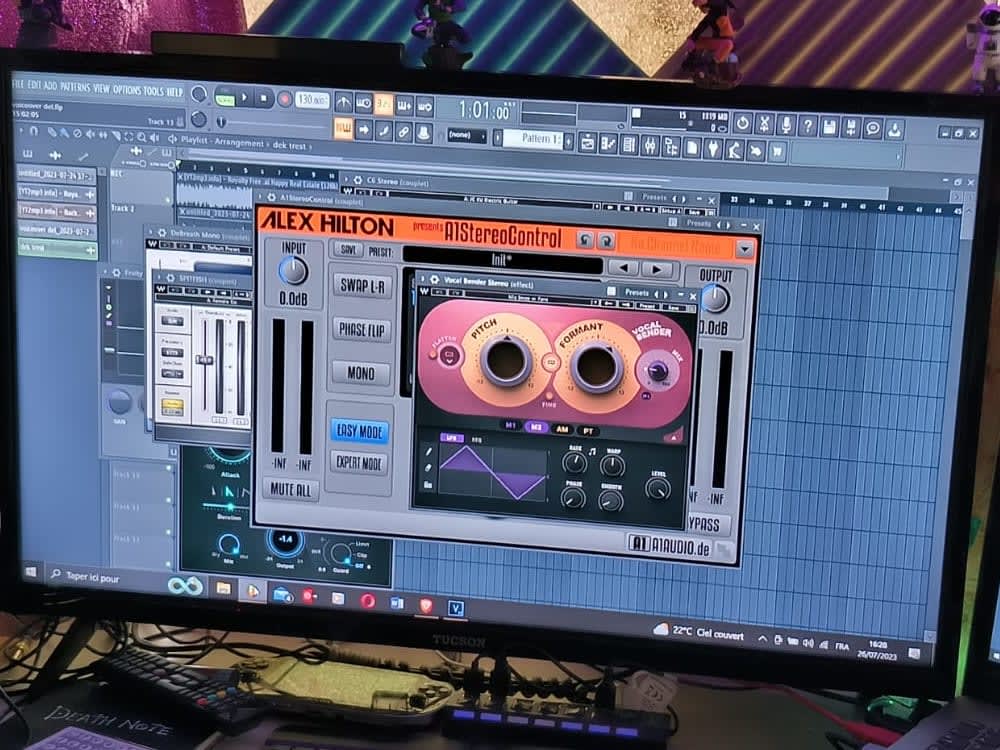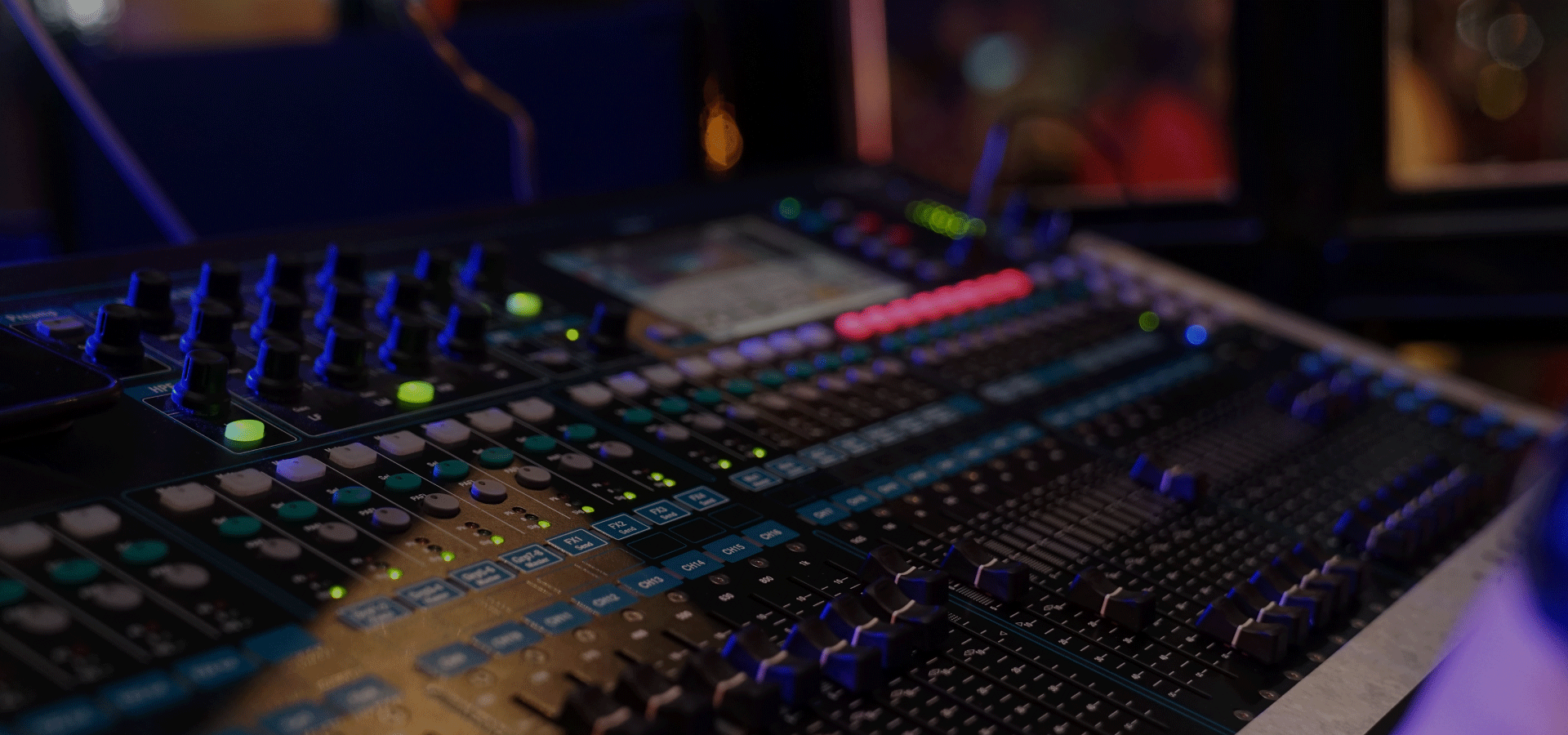Mastering and mixing are crucial steps in audio production for creating a polished and professional sound. By carefully adjusting levels, EQ, and effects, you can enhance the overall quality of your music and ensure it sounds great on all types of audio systems.
Mastering involves fine-tuning the final mix and preparing it for distribution, while mixing involves blending individual tracks to create a cohesive and balanced sound. Understanding these processes and developing your skills in mastering and mixing can greatly improve the quality of your music production.
Whether you’re a beginner or an experienced producer, learning how to master and mix effectively is essential for creating high-quality music that stands out.
The Basics Of Mastering And Mixing
Mastering and mixing are essential processes in the music production world. Understanding these basics is key for producing high-quality audio tracks.
Understanding Mastering And Mixing
Mastering involves enhancing the overall sound quality and ensuring consistency across all tracks in an album. Mixing, on the other hand, involves balancing the individual elements within a track.
Key Elements Of Mastering And Mixing
- Equalization (EQ): Balancing frequencies to achieve clarity.
- Compression: Controlling the dynamic range for a more polished sound.
- Reverb and Delay: Adding space and depth to the audio.
- Stereo Panning: Placing instruments in the stereo field for a balanced mix.
Setting Up Your Workspace
Optimizing Your Listening Environment
In a how-to on mastering and mixing, setting up your workspace is crucial.
Essential Equipment For Mastering And Mixing
Having the right gear is key to quality sound production. See the essential equipment below:
- Studio monitors
- High-quality headphones
- Audio interface
- Equalizer and compressor
Fundamentals Of Mastering
Mastering and mixing are essential components of music production that can greatly impact the final quality of a track. When it comes to mastering, it’s crucial to understand the fundamentals of this intricate process in order to achieve the best results. The fundamentals of mastering encompass crucial aspects such as balancing levels and dynamics, equalization, and stereo imaging.
Balancing Levels And Dynamics
The process of balancing levels and dynamics in mastering involves ensuring that the various elements of a track, such as vocals, instruments, and percussion, are at the appropriate volumes and maintain a cohesive dynamic range. Balancing levels allows for a harmonious blend of all the elements, preventing any individual component from overpowering the others, thereby achieving a balanced mix.
Equalization And Stereo Imaging
Equalization and stereo imaging play significant roles in the mastering process. Equalization enables the adjustment of the frequency spectrum, enhancing the tonal balance and addressing any discrepancies within the mix. Stereo imaging focuses on the spatial placement of audio elements, ensuring a wide and immersive soundstage.

Credit: www.upwork.com
Advanced Mixing Techniques
Advanced Mixing Techniques play a crucial role in taking your music production to the next level. By implementing these techniques, you can enhance the overall quality and impact of your mixes, making them sound professional and polished. In this blog post, we will explore two essential aspects of advanced mixing: the Creative Use of Effects and Automation, and Achieving Clarity and Depth in Mixes.
Creative Use Of Effects And Automation
The creative use of effects and automation allows you to add depth, texture, and movement to your mixes. When properly utilized, effects and automation can transform a mundane mix into a captivating auditory experience. Here are some practical tips to harness the power of effects and automation:
- Experiment with different types of effects, such as reverb, delay, chorus, and distortion, to add character and personality to individual tracks.
- Use automation to control the parameters of effects in real-time, creating dynamic changes throughout the mix. This technique can be especially effective in highlighting certain elements or creating dynamic build-ups and transitions.
- Apply effects selectively, focusing on elements that require enhancement or emphasis. By using effects sparingly and purposefully, you can avoid overwhelming your mix and maintain clarity.
- Consider unconventional uses of effects to push the boundaries of creativity. For example, try using a subtle amount of distortion on a vocal track to add grit and attitude, or apply reverse reverb to create an ethereal atmosphere.
Achieving Clarity And Depth In Mixes
Clarity and depth are essential elements for a well-balanced and engaging mix. To achieve these qualities, it is important to pay attention to the arrangement, sonic placement, and processing of individual tracks. Here are some techniques to help you achieve clarity and depth in your mixes:
- Start by organizing your tracks and removing any unnecessary elements to ensure a clean and focused mix.
- Use EQ to carve out space for each instrument in the frequency spectrum, ensuring they don’t clash or compete for attention.
- Utilize panning to create width and separation between instruments. This technique can provide a sense of space and enhance the stereo image.
- Experiment with different reverbs and delays to add depth and natural ambiance to your mix. Adjust the parameters to create a sense of distance and space, making your mix feel more immersive.
- Consider using parallel processing techniques, such as parallel compression, to add punch and energy to individual tracks or the entire mix.
By mastering these advanced mixing techniques, you can elevate your mixes to a professional standard. Whether you’re aiming for a crisp and transparent sound or an immersive and textured experience, the creative use of effects and automation and achieving clarity and depth can be powerful tools in your arsenal.
Mastering Your Final Mix
Once you have completed the mixing process, it’s time to take your final mix to the next level through the mastering process. Mastering involves adding the final touches to your mix to ensure it sounds polished, professional, and ready for distribution and release.
Applying Limiting And Compression
When it comes to mastering, applying limiting and compression is crucial for achieving a well-balanced and cohesive final mix. Limiting helps control the dynamic range of your mix by preventing any peaks from exceeding a certain threshold. This ensures that your mix has a consistent volume level throughout. On the other hand, compression helps to even out the overall dynamics of your mix by reducing the volume of louder sounds and boosting the volume of softer sounds.
Preparing For Distribution And Release
Preparing your final mix for distribution and release involves a few essential steps to ensure that your music reaches your audience in the best possible quality. Firstly, it’s important to normalize your mix, which sets a specific target level to prevent it from being too quiet or too loud. Next, you may want to add some fade-ins and fade-outs to your mix, which provide a smooth transition between tracks or sections. Additionally, applying dithering to your mix helps reduce any unwanted artifacts or noise that may occur during the conversion process from a higher bit depth to a lower one. Lastly, it’s crucial to carefully check for any clicks, pops, or unwanted noises and remove them manually if necessary.
In conclusion, mastering your final mix is a crucial step in the music production process. It helps elevate the quality and cohesiveness of your mix, making it ready for distribution and release. By applying techniques like limiting, compression, and other essential steps, you can ensure that your music is presented in the best possible light, capturing the essence of your artistic vision.

Credit: www.facebook.com

Credit: mixingandmastering.com
Frequently Asked Questions On Mastering And Mixing
What Is The Difference Between Mastering And Mixing?
Mastering is the final stage in music production, where the individual tracks are optimized and balanced for overall sound quality and consistency. Mixing, on the other hand, involves blending the individual tracks together, adjusting levels, panning, and adding effects to create the desired sonic result.
Why Is Mastering Important In Music Production?
Mastering is important because it polishes the final mix, enhancing its overall loudness, clarity, and depth. It ensures that the music sounds great on various playback systems and is ready for distribution. Mastering also helps achieve a cohesive sound across different songs in an album or playlist.
Do I Need To Hire A Professional For Mastering And Mixing?
While it’s possible to learn and do basic mastering and mixing yourself, hiring a professional is recommended if you want a polished and industry-standard sound. Professionals have the expertise, specialized tools, and listening environment to achieve the best possible results and make your music stand out.
Can I Master And Mix My Music On My Own?
Yes, you can master and mix your own music if you have the necessary skills and equipment. However, it’s important to have a good understanding of music production principles, audio processing, and critical listening. It’s also crucial to invest in quality monitors or headphones, as accurate monitoring is key to achieving professional results.
Conclusion
Mastering and mixing are essential skills for creating high-quality music. By utilizing the right techniques and tools, you can elevate your audio production to the next level. Understanding the importance of balance, dynamics, and tonal accuracy will help you achieve professional-sounding results.
So, keep practicing, experimenting, and refining your skills to become a master of mastering and mixing.